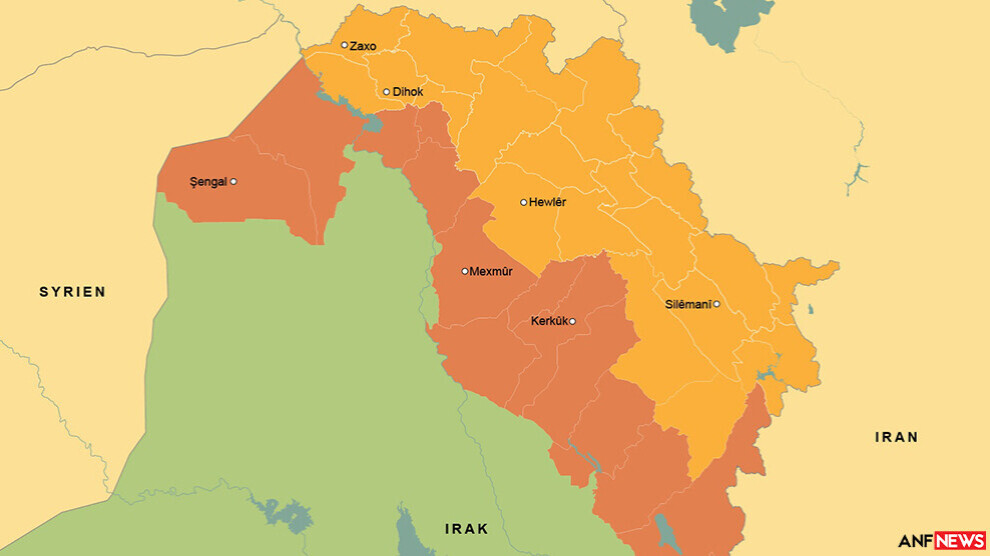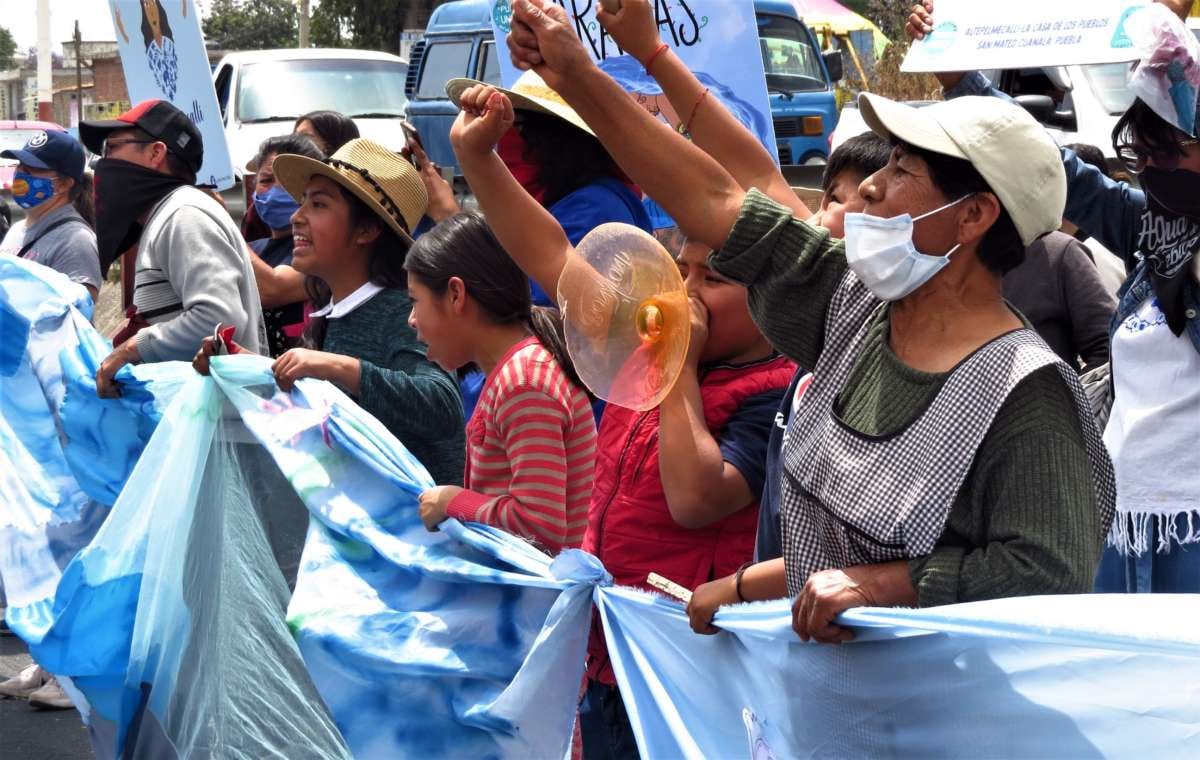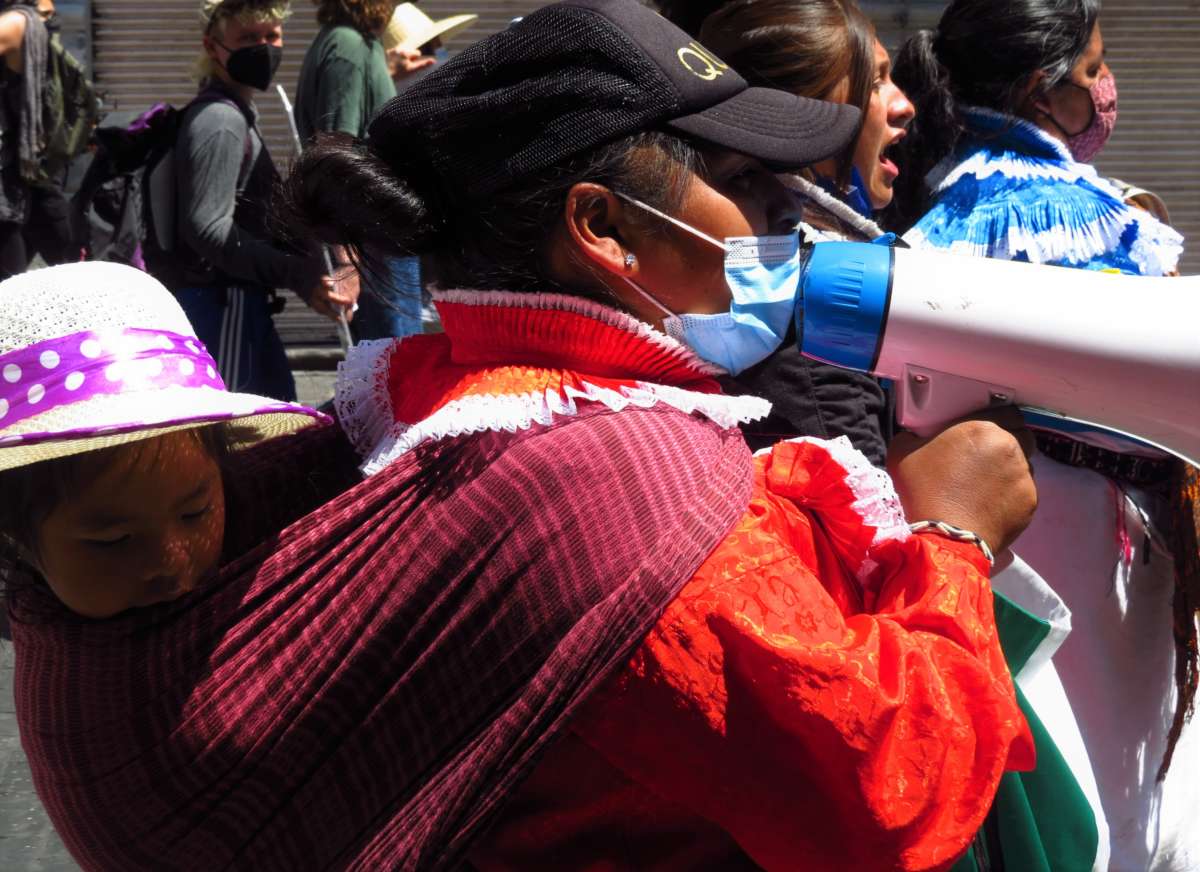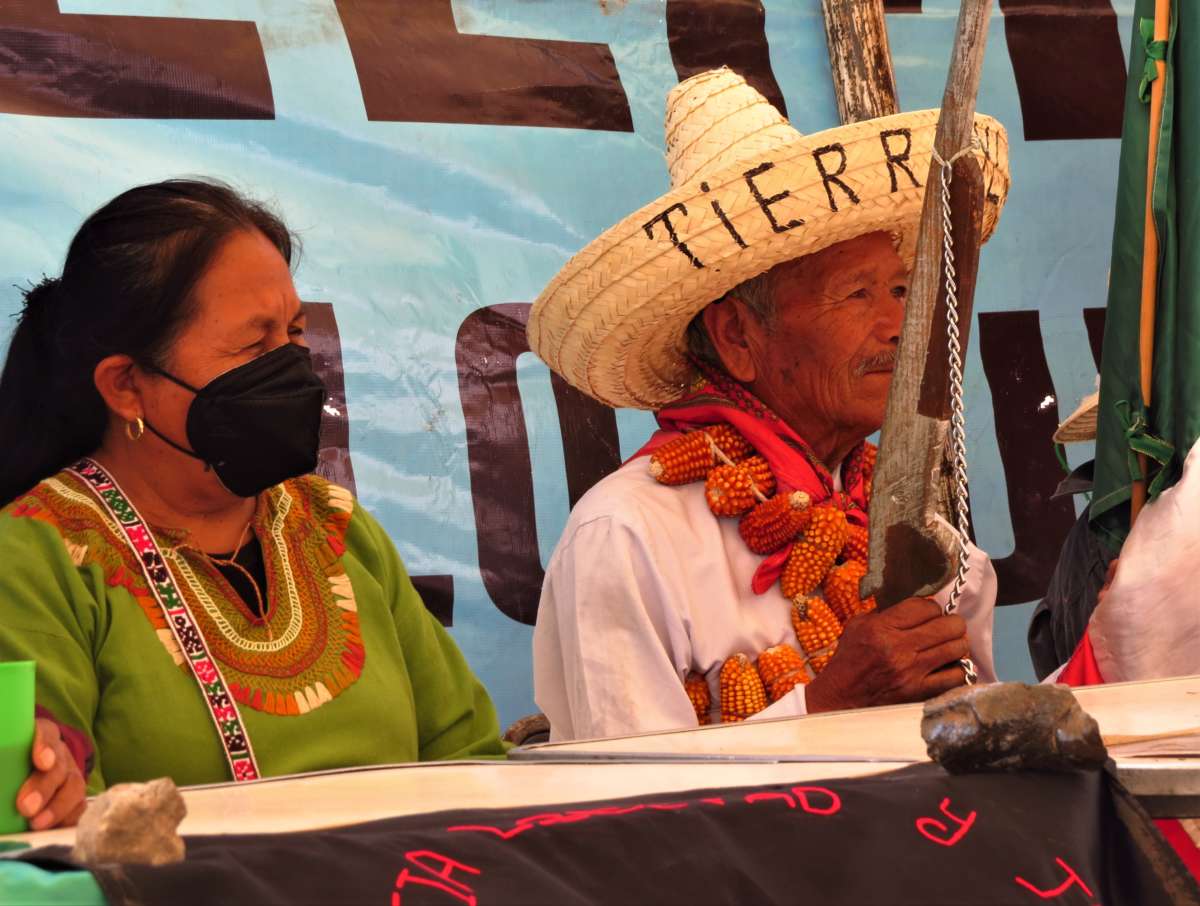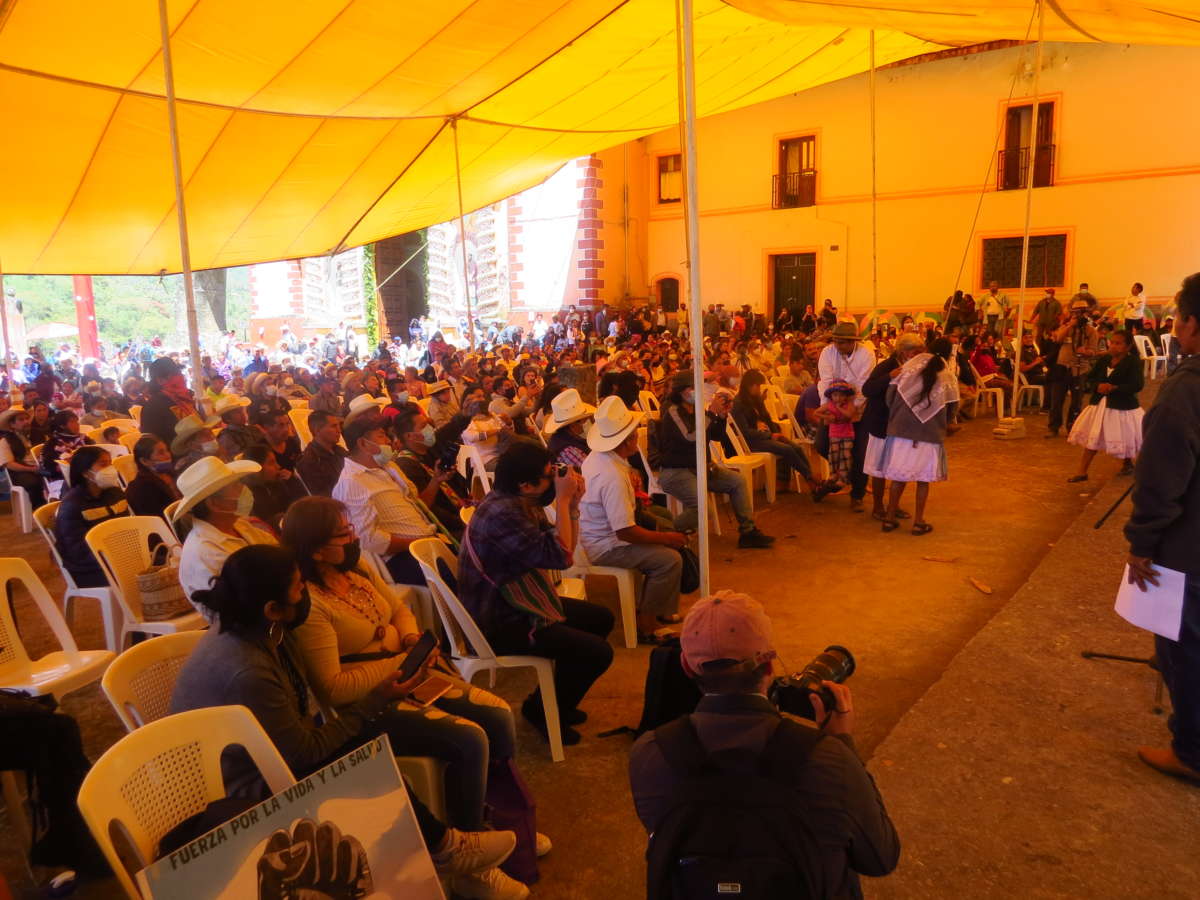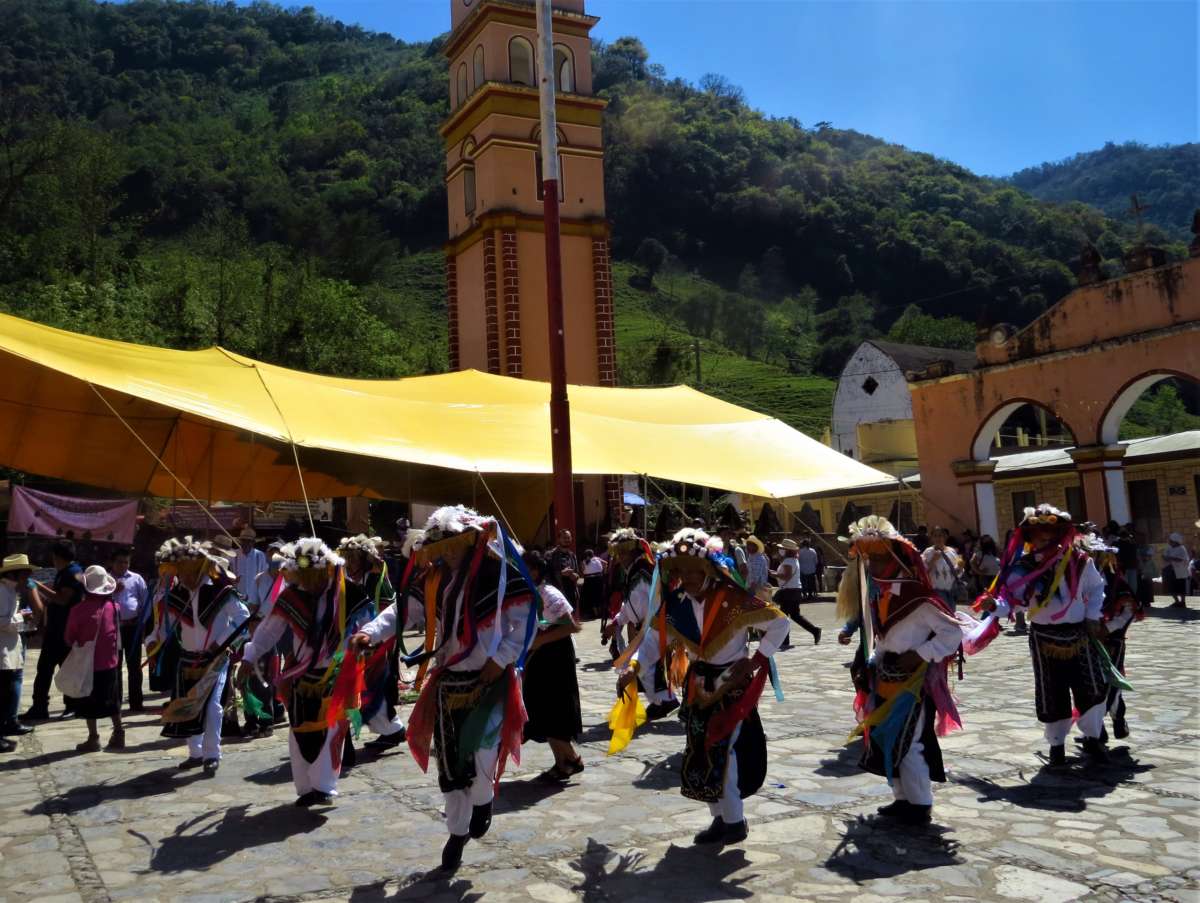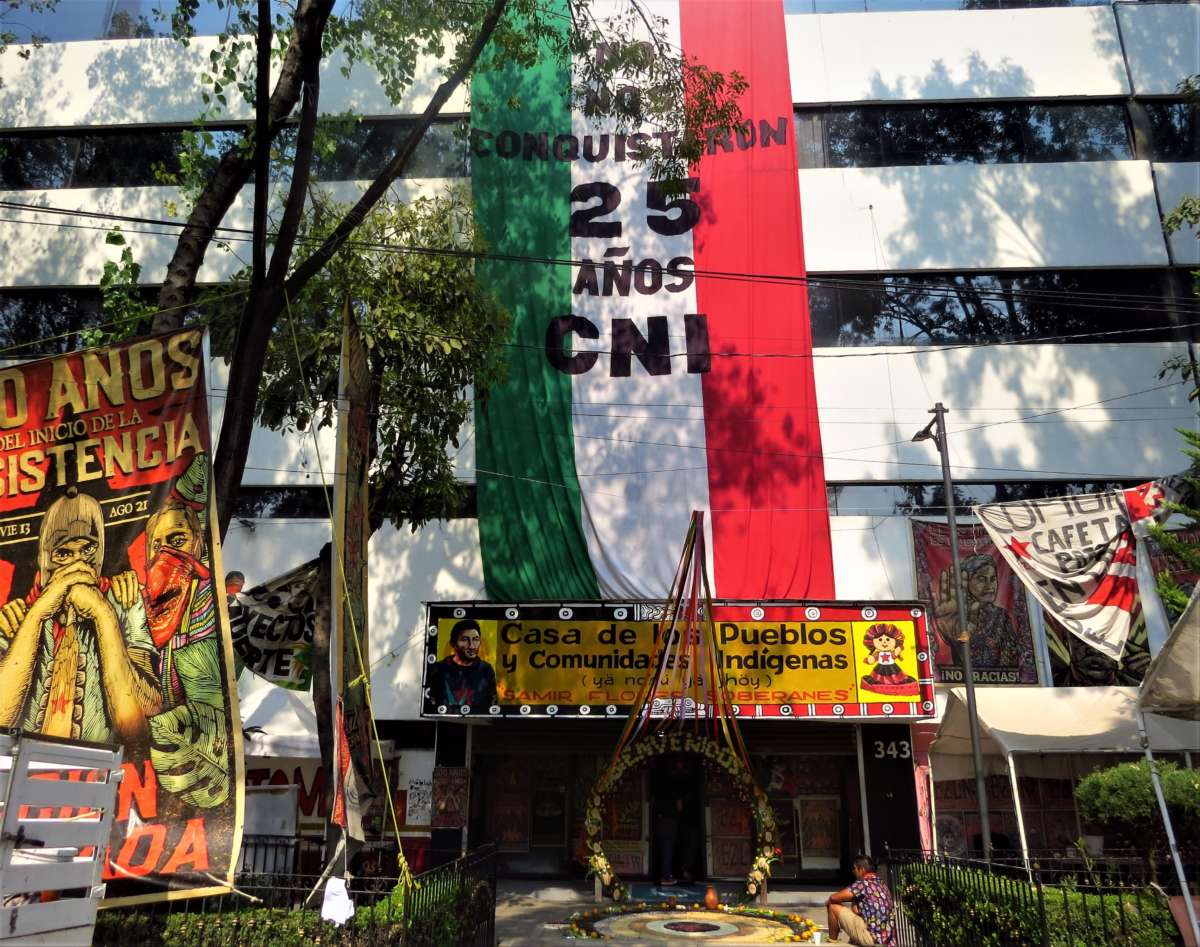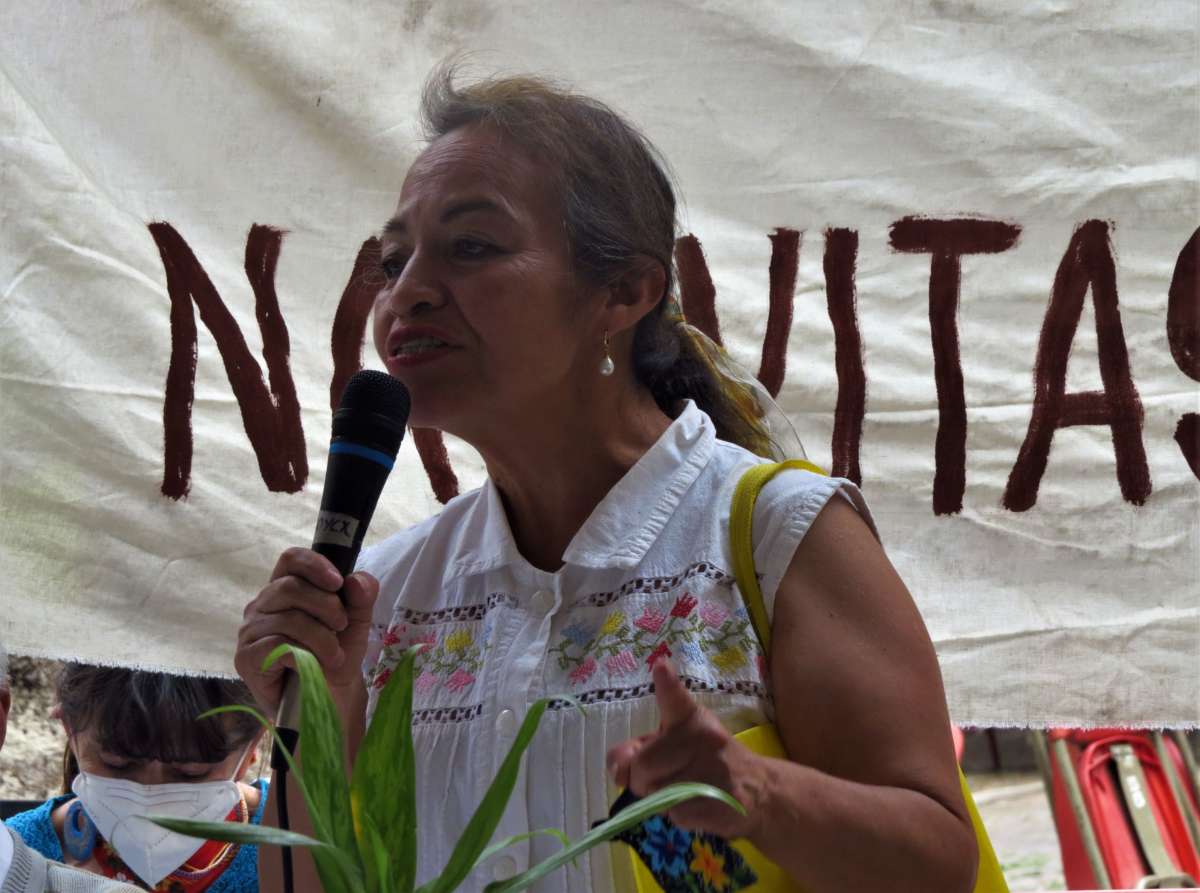Sezai Temelli, economist and HDP deputy, writes that the war economy is the reason for Turkey's economic collapse and argues that there is a need to build a future against capitalism and the Nation-State.
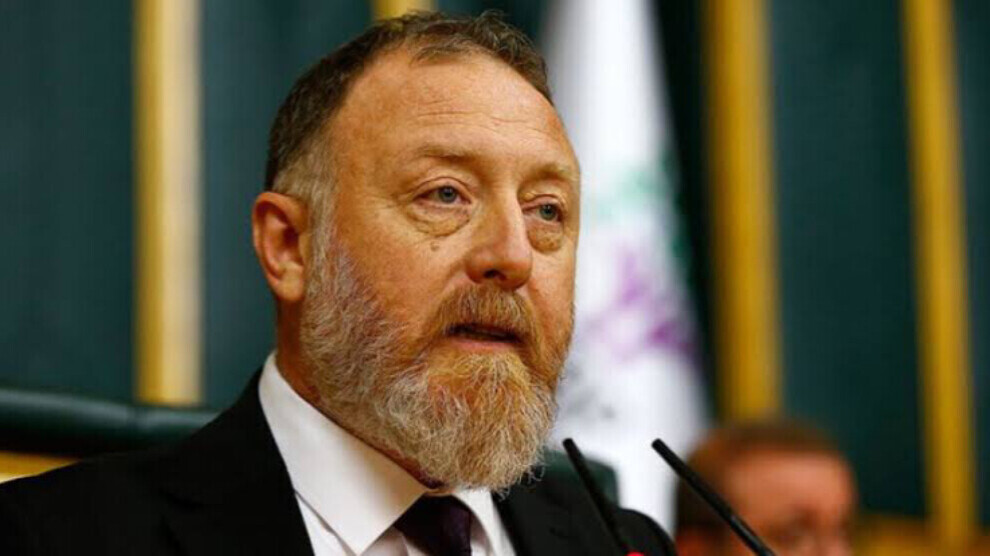
ANF
NEWS DESK
Tuesday, 12 Apr 2022,
In an article published by Kurdistan Report, Sezai Temelli, economist and HDP deputy writes that the war economy is the reason for Turkey's economic collapse and argues that there is a need to build a future against capitalism and the Nation-State.
The article is as follows:
If we look at Turkey's last forty years, we can see that the country's now chronic political and economic crises are in part linked to the state's war strategy against the Kurdish people. While the intensity of the war against the Kurdish people has fluctuated over the past decades, the fact that the Kurdish question today remains an issue of war and has not been resolved is related to the strategic partnership of the capitalist class and the political rulers in Turkey. These have come together because of their overlapping interests of accumulation and hegemony. In recent times, this is particularly visible in the example of the agreement between the AKP rulers and the war industry in the country.
Three trillion dollars for the military
Countless studies and researches by international institutions have found that Turkey is one of the countries where military spending has increased the most. Both scientific and technological researches in this field have been increased. This dramatic upward trend is undoubtedly the result of the hostility towards the Kurds and the war policy. In the last forty years of war, financial resources of almost three trillion dollars have been allocated to the military, condemning the country to this process of chronic crises.
The security policy and war funding in the region, built on violence and oppression, which leaves no room for a democratic solution to the Kurdish question, leads to a deepening of the economic crisis as public funds are excessively drained into these areas. This budget subsequently is missing in social areas such as education or the health sector. The related lack of funds for social security systems also leads to an increase in poverty and unemployment in the country. These diverse problems in the country have their roots in the Turkish state's war and security policy.
Exposing the economic interests of the state
If we look at the development of capitalism in Turkey over the last 40 years or take a look at the exploitation mechanisms and surplus value developments in the country, it becomes visible that the war has created a very comfortable climate for the regime. If we do not expose this linkage of war policy and economic interests of certain factions in the state, it will not be possible to pave the way for a peace policy.
The expulsion of the Kurdish population, the destruction of their homeland, the extreme exploitation of the labor of forcibly migrated Kurds, the impoverishment and disenfranchisement of the Kurdish people is part of the production of surplus value in Turkey. The struggle for the redistribution of this surplus value and the bases for an understanding about this distribution give us a clear picture of the structural composition of society in Turkey and of the ruling politics.
Imperialist Greed
The exorbitant centralization of capital accumulation in this area, especially in the last decade, has meant that Turkey's existing state borders are now too narrowly cut for the satisfaction of its interests. The rulers have made it clear that they can no longer tame their imperialist desires and that they are dreaming of solving the current regime crisis with the help of the aspiration for the state borders of Misak-i Milli1. The state leadership's ongoing war strategy is consequently aimed at annexing territories in North Syria.
Society opposes the war
For the current government, which denies the right of the peoples of Syria, above all the Kurds, to self-determination, the end of the road is apparent both at home and abroad. The AKP leadership has lost social support and has lost credibility in the global political arena. Its attempt to stop the implementation of the peoples' right to self-determination in Syria is futile. The state leadership may impose the war as much as it likes to bridge the militarist capital crisis, yet, society's opposition to the war is becoming clearer as the economic crisis worsens.
Society, which is witnessing every day the destructive results of the economic crisis, is gradually breaking its silence. Each and everyone now knows how much a bullet costs, and no one wants to pay that price anymore. We are looking at a leadership that, in the interest of capital, wants to create even more surplus value with even more war and, at the same time, is sliding into an ever deepening crisis that is now as great as the one that led to its assumption of power at the time.
If we succeed in making the struggle for peace a matter for society as a whole, the most important dynamic that will bring the current phase of the crisis to an end can emerge from this. It is inevitable that the whole society organizes together democratically against fascism and fights against war and for a dignified and lasting peace. Democratization inevitably goes hand in hand with the democratization of the economy. The democratic struggle must be carried out radically in every field in order to put an end to poverty, unemployment, ecological destruction and exploitation of labor and to find a democratic solution for the Kurdish question.
A radical struggle for democracy, moreover, is related to political and economic freedoms. We must carry the struggle for freedom for a democratic republic into every sphere of life and economy. Without detaching the sphere of the economy from the demand for freedom, we must build a future against capitalism and the nation-state that goes hand in hand with the democratization of the economy.
This article was first published in the March/April2022 edition of the Kurdistan Report.
1. Misak-i Milli is the name for the political manifesto of the Turkish independence movement during the First World War. The borders of a Turkish republic that had not yet been founded at the time, as outlined in this manifesto, included areas in what is now Rojava (North Syria) and South Kurdistan (North Iraq).
